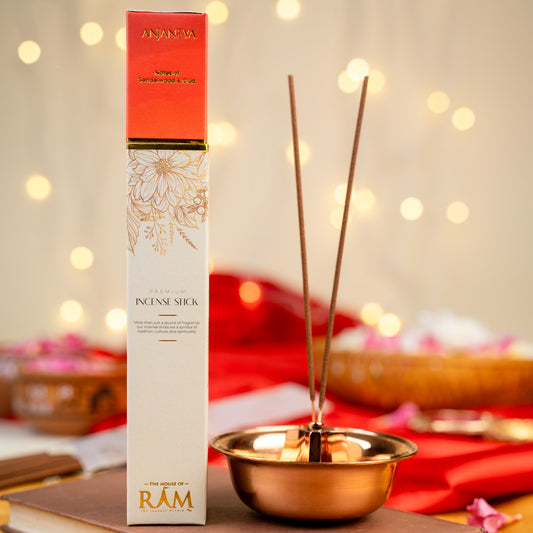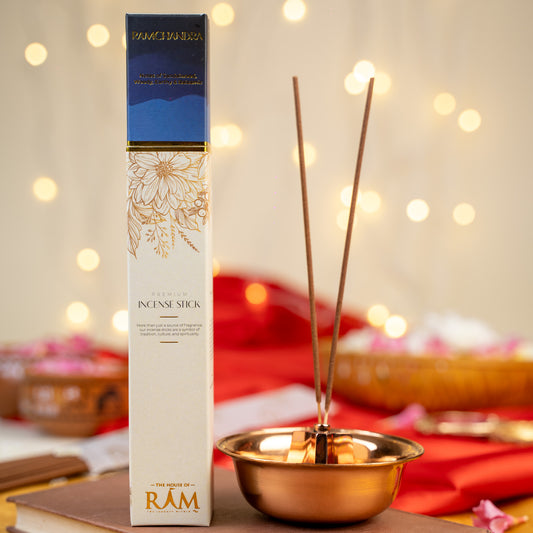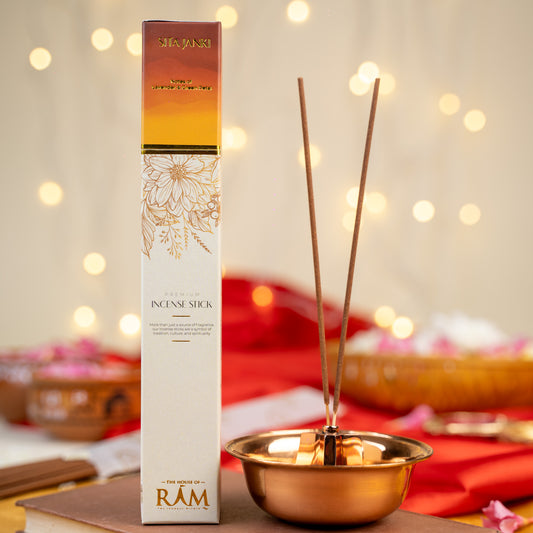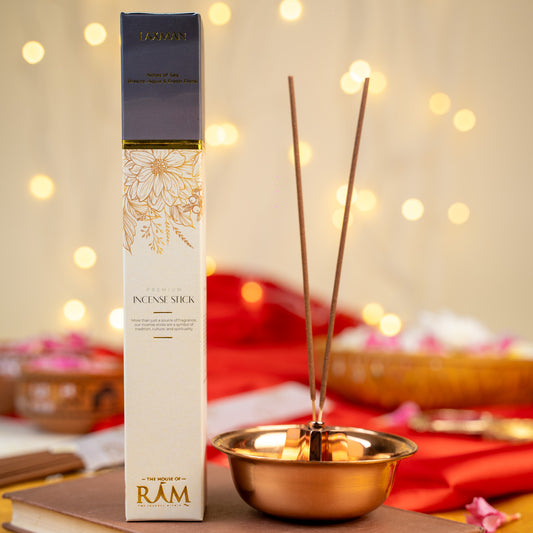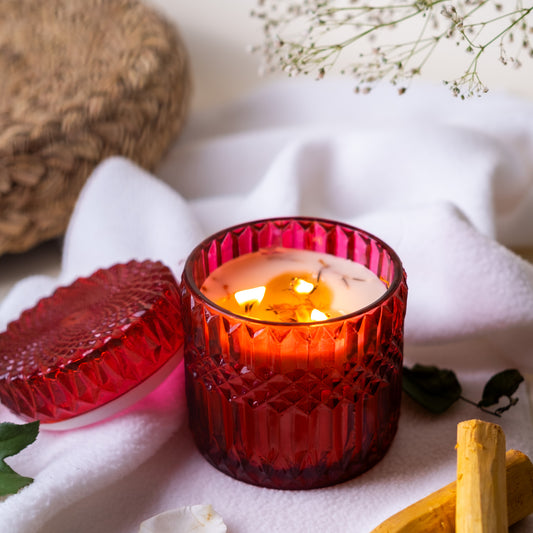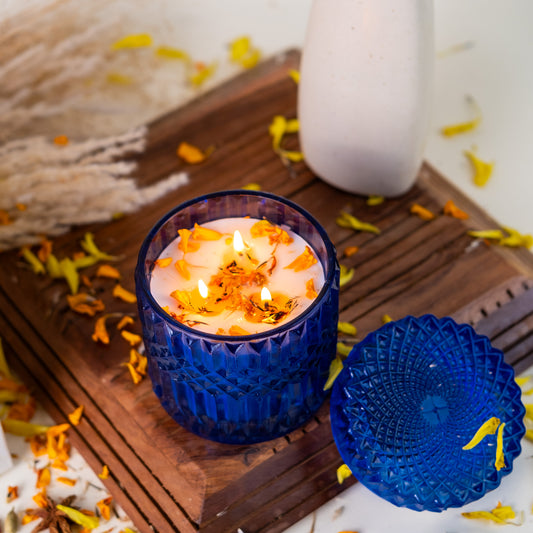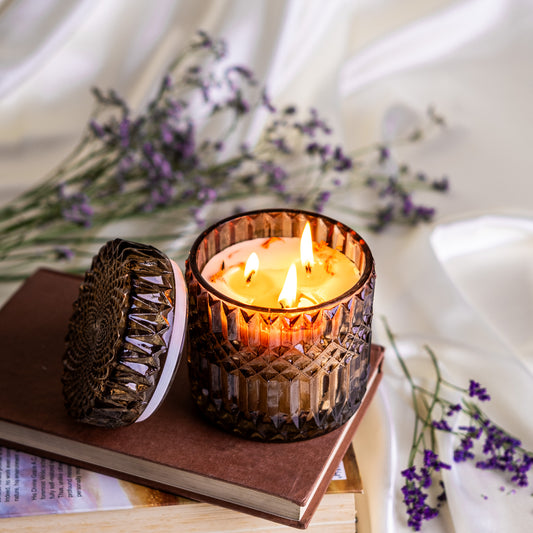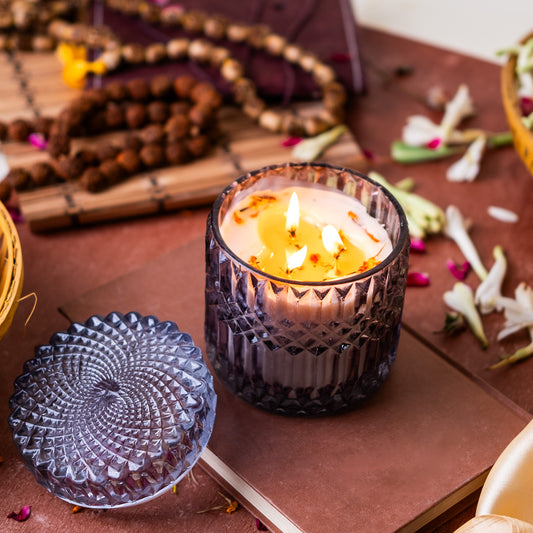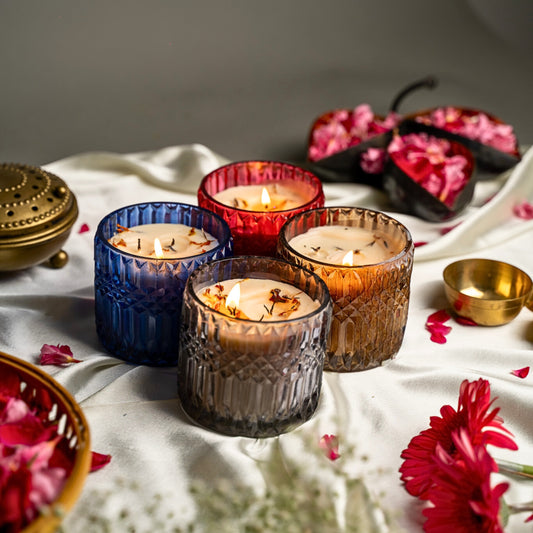Surpanakha was one of the main characters of Valmiki Ramayana. The dreadful demoness of Lanka and Ravana’s sister was the leading cause of the fight between Shri Ram and Ravana. Check out The House of Ram’s exquisite art collection inspired by the timeless epic of Ramayana hand painted by renowned artist Raghu Vyas.
Surpanakha in Ramayana
Surpanakha was a demoness hailing from Lanka and happened to be Ravana's sister. She was the youngest child of the sage Vishrava and his second wife, Kaikesi. Originally named Minakshi, she secretly married Dushtabuddhi also referred to as Vidyutjihva, the prince of the Kalakeya Danava clan, and they had a son named Shambhri, who was later killed by Lakshmana, the younger brother of Ram. In the initial days Dushtabuddhi was a prominent member of Ravana's court, enjoying various special favours and privileges. However, a conflict arose between Dushtabuddhi and Ravana, leading to a fallout. Dushtabuddhi was killed by Ravana, rendering his sister Surpanakha a widow.
According to Ramayana Surpanakha was an ugly woman and after the death of her husband she spent most of her time in the jungles of south India visiting her relatives. It was during one such visit that she saw Shri Ram in the forest of Panchavati and instantly fell in love with him. Known to be an epitome of wickedness, Surpanakha transformed herself into a beautiful woman through her powers of Maya and started making advances towards him. Shri Ram rejected her advances stating that he had taken a vow of having only one wife and would never accept another woman in his life. On being rejected by Shri Ram, Surpanakha turned to his younger brother Lakshman but was rejected again. Insulted and humiliated, Surpanakha then attacked Sita but was stopped by Lakshmana. In a fit of rage Lakshmana cut off her nose and ears.
Crying out loudly Surpanakha first went to her brother Khara who sent seven demon warriors to attack Rama but to no avail. Khara then challenged Ram himself but was defeated too. Surpanakha then went to his brother Ravana and narrated the entire story. It was at this moment that Surpnakha convinced her brother Ravana to abduct Sita and marry her. He also ignored the repeated warning by his brother Vibhishana who was against the plan and called him a traitor.
It was Ravana’s abduction of Sita that eventually led to his defeat. Ram killed Ravana in Lanka and Vibhishana ascended the throne to become the King. According to the legend Surpnakha’s real motive was to avenge the death of her husband at the hands of Ravana. She already knew that Ravana was no match to Ram and thus plotted to get him killed.
Although there is no mention of Surpnakha in Valmiki Ramayana after this, it is believed that she continued to live in Lanka and perished in the sea after a few years. According to Brahma vaivarta purana Surpnakha did penance at the holy lake of Pushkar wishing to get Shri Ram as her husband in her next birth. Pleased by her dedication Lord Brahma granted her wish following which Surpnakha was born as Kubja also known as Trivakra.
Surpnakha in Mahabharata
Kubja was a hunchback woman who lived in Mathura during the time of Shri Krishna. She was known for her deformity but was skilled in the art of perfumery. She had a good heart and was a devotee of Lord Krishna. One day, Lord Krishna, along with his brother Balarama, visited Mathura. Kubja, longing to see Krishna, welcomed them to her home. Overwhelmed by her genuine love and devotion, Lord Krishna decided to bless her. He asked Kubja if she had any sandalwood paste with her. Kubja eagerly offered a jar of sandalwood paste to Krishna. With his divine touch, Krishna transformed the ordinary sandalwood paste into celestial fragrance. He then asked Kubja to apply it on his forehead. As Kubja did so, Krishna, in his playful and mischievous nature, stood on her toes and pressed down gently, thus straightening her hunchback. Overwhelmed with gratitude and joy, Kubja offered her heart to Lord Krishna. She expressed her love and devotion to him, recognizing him as the Supreme Lord.

